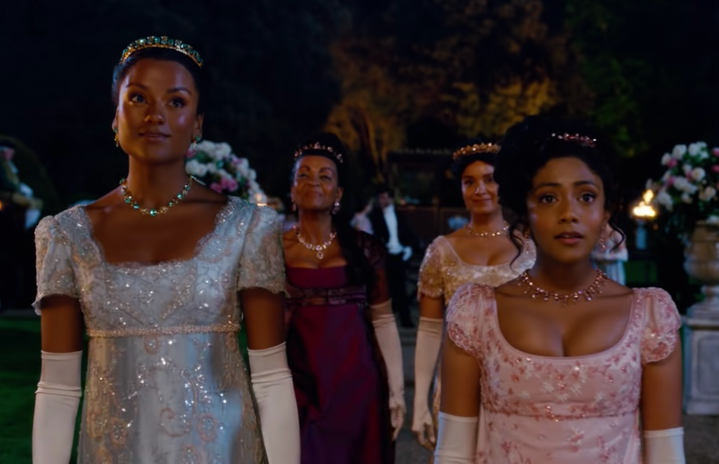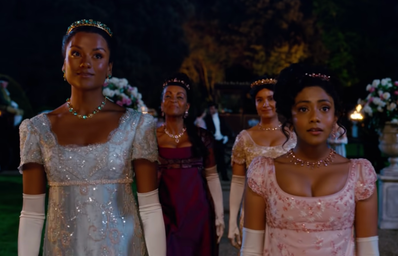In recent years, there has been growing concern about the underrepresentation of South Asians in the media Industry. Even though South Asians make up a significant portion of the population, they are often overlooked when it comes to on-screen representation. However, recently, there have been signs that things are starting to change.
According to a report from Nielsen, the media industry is starting to recognize the need for greater South Asian representation on screen. The report found that while South Asians make up over five percent of the US population, they are only represented in about two percent of television and film roles. This underrepresentation can have a significant impact on the way South Asians are perceived in society, and the media industry needs to address this gap.
One example of how the media industry is working to close this gap is the recent release of the 2023 American Girl Doll of the Year. This year’s doll is named Kavi Sharma, a young South Asian girl who is the daughter of Indian immigrants. Kavi was created with the goal of bringing representation to young South Asian girls.
The American Girl Doll franchise has been known for its commitment to diversity and inclusivity. Over the years, the company has released dolls representing a wide range of cultures and backgrounds. Kavi is just the latest in a long line of diverse dolls that the company has released, and her creation is a sign that the media industry is starting to take South Asian representation more seriously.
PHS Charge points out that Hollywood has come a long way in terms of its portrayal of South Asians over the years. In the past, South Asians were often depicted as one-dimensional characters, with limited depth and nuance. However, in recent years, there has been a shift towards more complex and nuanced portrayals of South Asian characters.
This shift can be seen in a variety of recent films and television shows. For example, the Netflix series Never Have I Ever tells the story of a young South Asian girl living in the United States, and the show has been widely praised for its nuanced and authentic portrayal of South Asian culture. Similarly, the film The Big Sick tells the story of a Pakistani-American man and his relationship with a non-South Asian woman. The film has been praised for its sensitive portrayal of the challenges faced by South Asian immigrants. Other examples of increased South Asian representation in media include Disney’s Ms. Marvel, Bridgerton season two, and the recognition of “Naatu Naatu” winning a Golden Globe Award for Best Original Song.
Overall, it is clear that the media industry is starting to take South Asian representation more seriously. While there is still a long way to go, the recent release of the American Girl Doll of the Year and the growing number of nuanced portrayals of South Asian characters on screen are encouraging signs to South Asians across America. As the media industry continues to evolve and adapt, it is likely that we will see even more progress in the years to come!
Want to see more HCFSU? Be sure to like us on Facebook and follow us on Instagram, Twitter, TikTok, YouTube and Pinterest!

